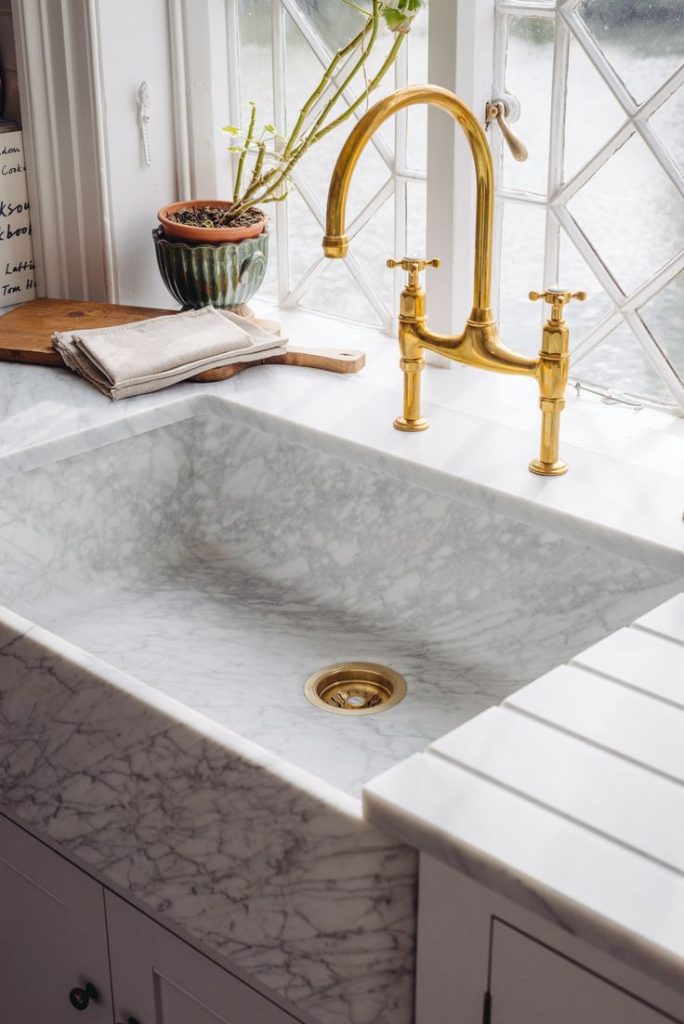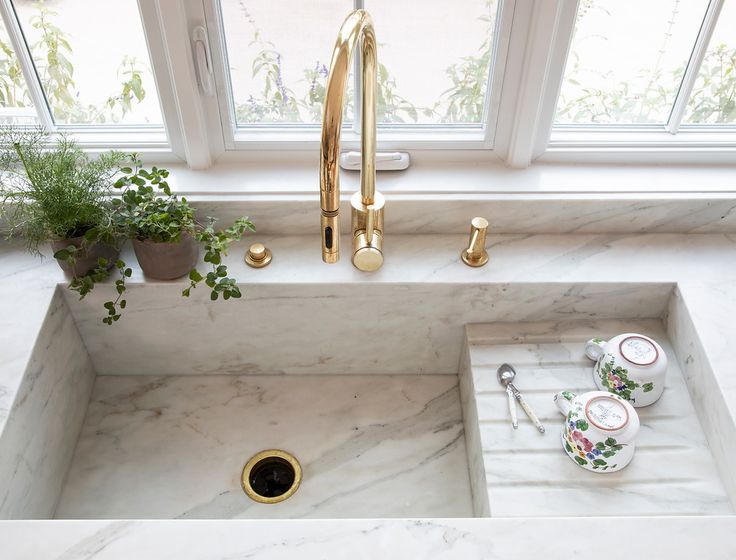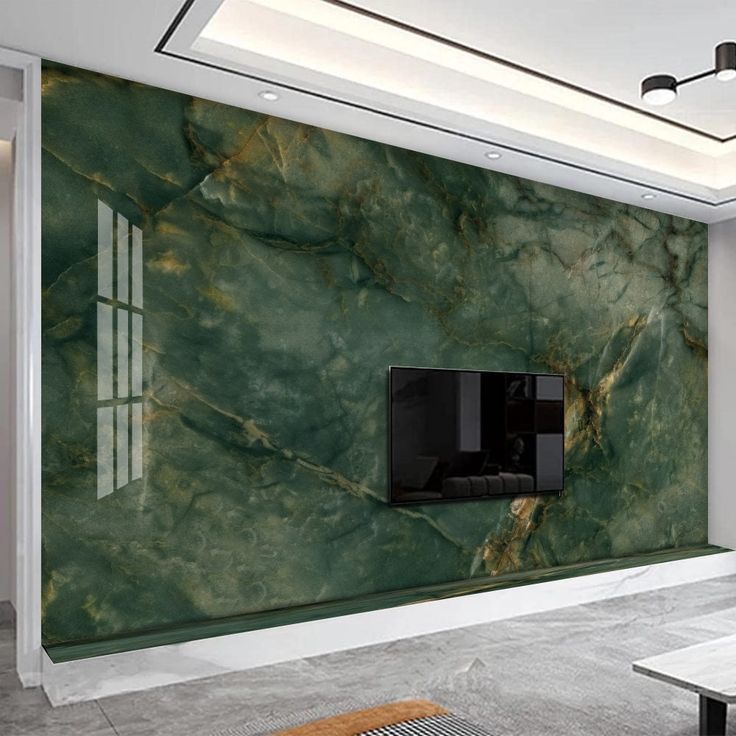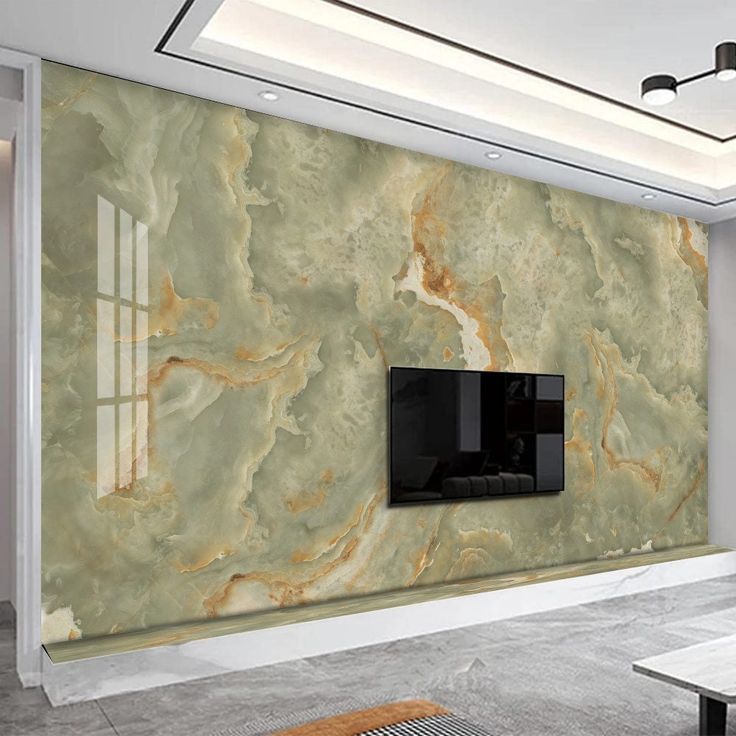Marble; the Most Marvelous Stone
Marble is a metamorphic rock primarily composed of calcium carbonate, classified by composition and impurities. It forms through the recrystallization of carbonate minerals in sedimentary rocks under high temperatures and pressure, resulting in a pure, crystalline appearance devoid of fossils or sedimentary structures. This process gives marble its distinctive clarity and saccharoid texture.
A Breif History of Marble Application
The term “marble” originates from the Greek word “Marmaros”, meaning “shining stone.” Throughout history, marble has been valued for its natural brightness due to the low refractive index of calcite, its primary mineral component. The use of marble dates back to ancient Greece, where it was first used in Neolithic-era objects and later in Greek sculpture and classical architecture. Romans also prized marble, initially importing it from Greece before eventually mining their own sources.
One famous example of marble in Asia is the Taj Mahal in Agra, India. This stunning white marble mausoleum was built in the 17th century by a king for his beloved wife. Situated near a river, the Taj Mahal draws visitors from around the world each year.
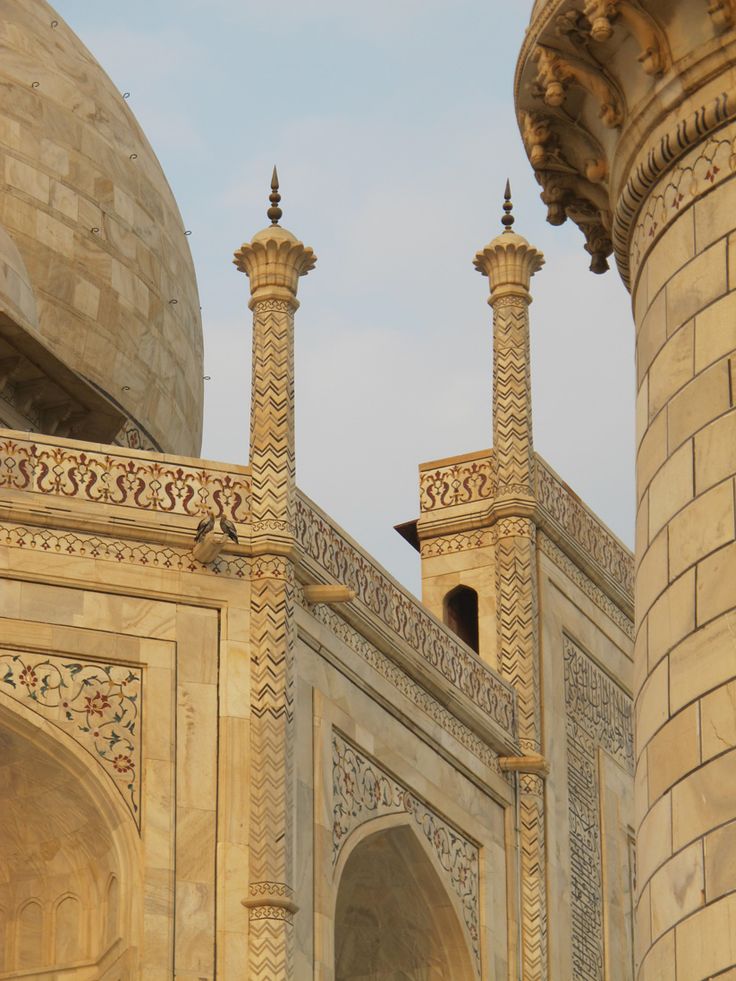

Taj Mahal, India, the use of marble
Marble; the Process of Formation
Marble is formed through the alteration of other rocks by high temperatures and pressures. This process results in the creation of various types of marble with different minerals, textures, and structures. The color variations in marble are caused by mineral impurities like silt, iron oxides, clay, or sand. These impurities undergo recrystallization during metamorphic processes, leading to the formation of characteristic colored veins in marble.
Marble Is Aesthetistically Marvelous!
As we have previously mentioned, marble has been utilized since ancient times, starting from the creation of statues, temples, and significant public structures to its application in construction. Marble is universally regarded as a luxurious material that can enhance and elevate the environment in which it is placed. One of the primary reasons for using marble in interior design is its exceptional durability and resistance to impact and abrasion, making it suitable for both indoor and outdoor furnishing.
In addition to its practical benefits, there are aesthetic reasons for choosing marble in interior design. Firstly, the inherent luminosity of marble: its ability to reflect light can significantly enhance the brightness of rooms. Marble also possesses aesthetic qualities that make it visually appealing and pleasant to touch. Furthermore, with its wide range of color combinations, marble is a versatile material that can enhance and create a welcoming atmosphere in various types of environments, from rustic or retro spaces to minimalistic or ultra-modern designs.
Despite common misconceptions, marble can seamlessly fit into modern environments as well as traditional ones. Embrace the minimalist style by integrating smooth marble surfaces into simple, tidy spaces. A marble feature wall illuminated by gentle, natural light transforms into a captivating masterpiece. The fusion of marble’s intricate designs with contemporary simplicity produces a striking visual contrast that is truly awe-inspiring. In the following, we are going to talk about the popular colors, pattern and uses of marble in modern buildings.
Marble; Interior Design
Marble is a popular choice that is selected mostly for interior designs. Any space designed with marble has its specific character and accent rather than a soulless rigid building. Let’s see how marble grants character to spaces.
Marble Applications in Inteiror Designing
Countertops:
While marble may be a traditional choice, it continues to stand out among the multitude of modern countertop options available today. Each slab of natural marble features a one-of-a-kind pattern, ensuring that your countertop is truly distinctive. Marble comes in a range of colors, from off-white and ochre to grey and black. However, it is important to note that marble is susceptible to etching and lacks heat resistance. To address these concerns, opting for honed marble with a matte finish can be a practical solution.
Tabletop:
If you want to add a touch of elegance to your dining area, bedroom, or living room, consider incorporating a marble slab. Whether used as a sleek tabletop or coffee table, the unique patterns in the natural stone are sure to capture attention. To achieve a Scandinavian aesthetic, combine the marble slab with table frames in gold tones or black. Placing gilded mirrors against marble creates a stylish setup reminiscent of designs seen in home decor magazines and sites.


Marble Tabletops and Wall Cladding
Sink or bathtub:
To introduce marble as an accent rather than a surface, selecting sinks and bathtubs crafted from this material is an excellent option. This requires less commitment, as it simply entails choosing the appropriate size and shape and placing it in the desired location. It also offers a practical means of integrating a costly trend into your home or introducing a touch of luxury to a compact apartment.
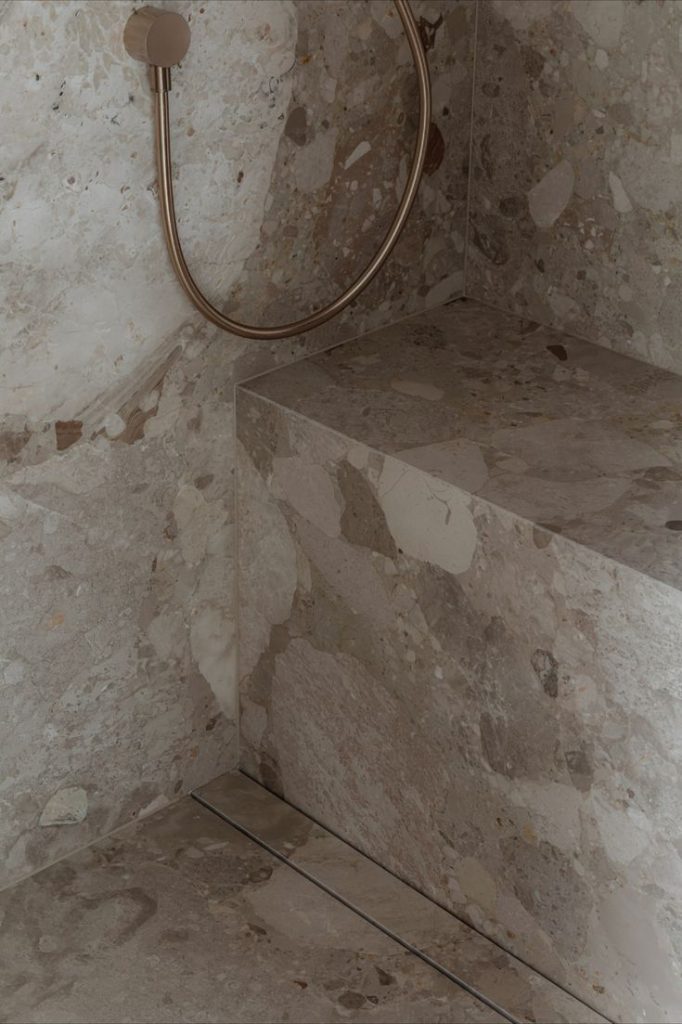
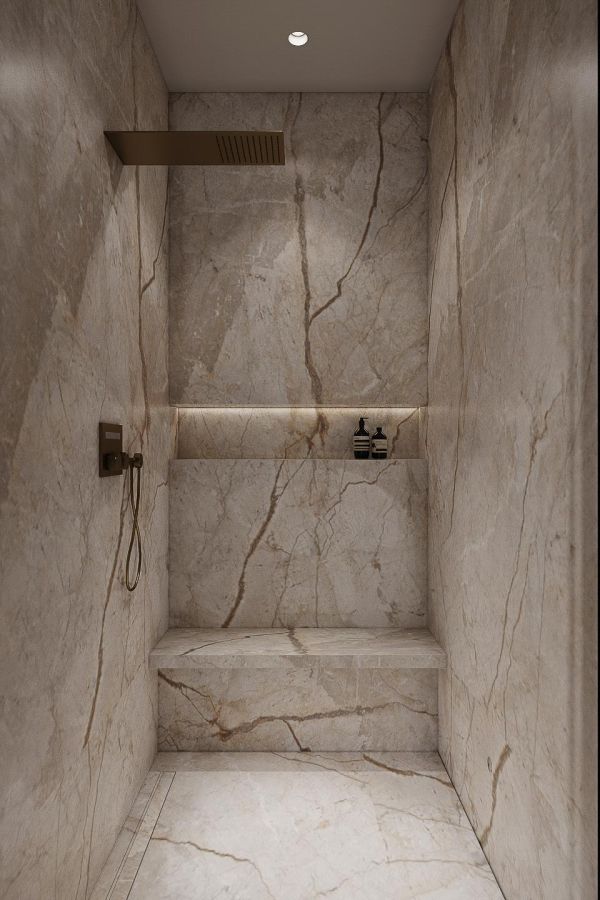
Beige Marble in Bathroom Designing


Green Marble in Bathroom
Flooring:
Despite its reputation for being luxurious, marble flooring is both durable and long-lasting when installed correctly. With proper maintenance, it can endure for over decades. The hard-wearing surface of marble tiles is highly resistant to breakage, and they become even more robust over time. This increased strength allows them to withstand everyday wear and tear. Furthermore, marble flooring is moisture-resistant, making it simple to clean up spills and messes promptly.
Also marble is used as a kitchen backsplash, shelves, study tables, wall panels, and so forth depending on different tastes.
Green Marble in TV Room
What Is Fake Marble?
The elegance of marble has made it a highly sought-after material, often replicated in fake versions to add luxury to objects and surfaces. Fake marble materials, such as porcelain stoneware, are commonly found on the market, mimicking the classic white marble with gray veins. Porcelain stoneware comes in various colors and patterns, including wood and stone effects, as well as fake marble. Fake marble products range from tiles to countertops, furniture coatings, wall panels, and resin floors, all aiming to evoke notions of luxury, value, elegance, and grandeur associated with real marble. It is to be noted that fake marble may look like the marble patterns, but never can convey the character of marble stone itself!
Conclusion
Stones are incredibly the most intellectual choice for use in building designs. Apart from all other synthetic materials available in the market, if you are looking for an option to elevate and enhance your space, stones are to meet your desires. Marble is one of the stones that the Earth presents to you to enjoy your environment whenever you are; in the workplace or your home including your kitchen, dining room, bedroom, bathroom, etc. Marble gives the sense of being part of nature more than ever!
Keep in Touch with Us
ARE YOU IN NEED OF SUPPORT?
Get in touch with our technical department at “EVERTRUST STONE” to obtain answers to your queries on architectural solutions or the product.






